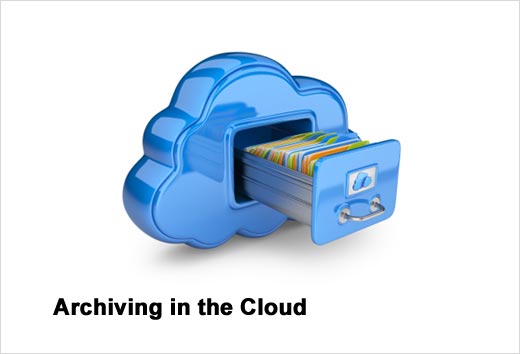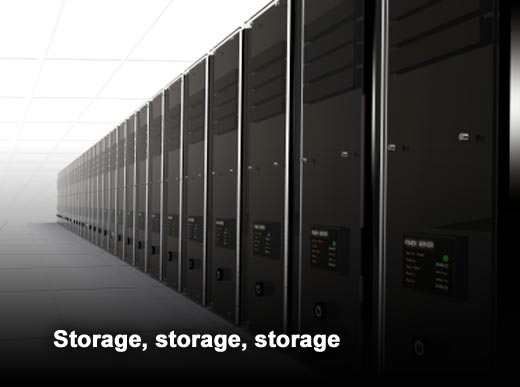Despite the business applications you may have in place for internal and external information sharing, email still remains the location where most of your business’ information is stored.
On average, each U.S. worker receives more than 11,000 emails per year. Within that email is an ever-growing data set of conversations, contracts and commitments between employees, partners, vendors and customers.
In fact, Gartner tells us that 80 to 90 percent of an organization’s intellectual property is stored in or communicated via email. Further, 45 percent of that email contains “business value” (think purchase orders, negotiations, product roadmaps, corporate strategy, salary or compensation plans and presentations).
So what happens when those emails have left one’s inbox or been deleted from the sent log? Unless it’s archived, it could be gone forever. This poses a major problem when – not if – the day comes that your company needs to provide documentation for something related to regulatory compliance, a legal suit or an employee dispute.
Implementing an email archiving solution isn’t a “nice-to-have,” it’s a “must-have.” So if your company is ready to dive in, here are five considerations for moving your email archiving to the cloud, as identified by Greg Arnette, founder and CTO of Sonian.
Click through for five factors you should consider when moving your email archiving to the cloud, as identified by Greg Arnette, founder and CTO of Sonian.
You don’t want a solution that delivers fast but inaccurate results, and you don’t want one that delivers slow but accurate results. A robust cloud solution can — and should — deliver both. Think millions of accurate search results in a matter of seconds. That’s hours, possibly days, saved in quickly accessing that ONE email from that ONE employee, that was sent 10 years ago.
Nobody has endless budget. That’s the beauty of the cloud – you can implement a solution that scales with your business and can significantly cut IT expenses. If you’re in the market for an archiving solution, ask your prospective vendors to provide a TCO calculator for tracking short-term and long-term savings.
Yes, the words we can never get away from. The reality is every business has to put compliance standards, data security and audit concerns at the forefront of their IT strategy. Ensure your prospective archiving solution addresses all three. Your HR, IT, finance and legal teams will thank you for it.
Never ending data growth has real implications for storage costs – disks aren’t free. The cloud delivers a level of flexibility and scalability that traditional storage vendors simply cannot. Scanning, say, 10 million documents across tens of thousands of mailboxes (and hundreds of different attachment file types) in a few seconds is very powerful.
If your email holds 80 to 90 percent of your company’s IP, ensuring the integrity of that data is critical. And so is making sure the vendor is viable, financially and otherwise. Investigate the vendor’s current customer roster and find proof that they’ve “been there, done that” to get peace of mind that you’re hiring the right people, and not a fly-by-night startup who could archive your email, but not be available when you need access it.








